The city of Ohrid
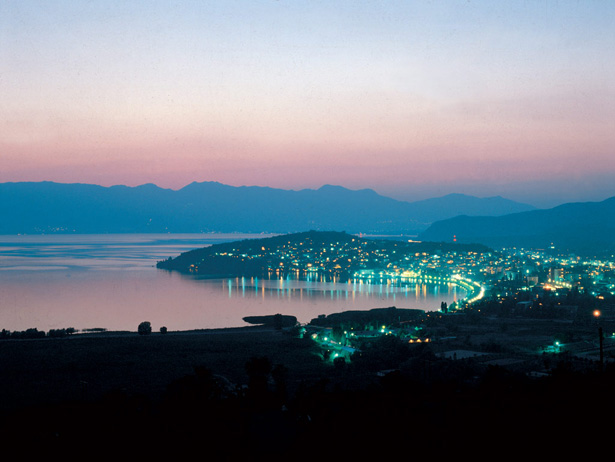 Panorama view, the city of Ohrid
Panorama view, the city of Ohrid
The city of the immortal Ohrid is the sublime lakeside point that for many represents the culmination of the Macedonian experience, a kingdom of light and water, a repository of ancient ruins from Macedonia’s earlier kingdoms.
Ohrid’s major attractions are all located within a remarkably concentrated and eminently walkable area, among and above the narrow streets of the Old Town lined with restaurants and cafés perfectly suited for relaxing in the cool summer evenings. Ohrid’s many café bars and nightclubs also make for a vibrant nightlife. As for the lake itself, it is so large and so deep that one might mistake it for a small sea. Full range of water sports, fishing and boating is available, and numerous churches alongside Ohrid’s lake shores make for fascinating side trips and walks.
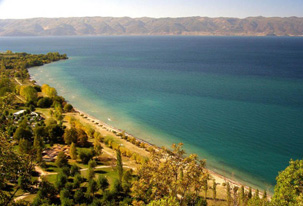
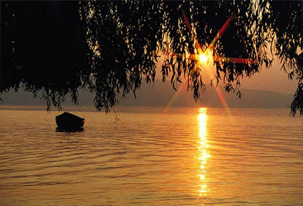
Ohrid lake Sunset at Ohrid
The uniqueness of Lake Ohrid and the city’s historical architecture has been attested by UNESCO, honoring it with an official designation as one of the few places on the cultural institution’s list “World Inheritance”.
Archaeological finds indicate that Ohrid is one of the oldest human settlements in all of Europe. The Lake itself is over three million years old. During the Byzantine period, Ohrid became a significant cultural and economic center serving as an Episcopal center of the Orthodox Church and as the site of the first Slavic university run by St. Clement and St. Naum at the end of the 9th century. At the beginning of the 11th century, Ohrid briefly became the capital of Macedonia’s greatest medieval ruler, Samuel, whose fortress still presides over the city today.
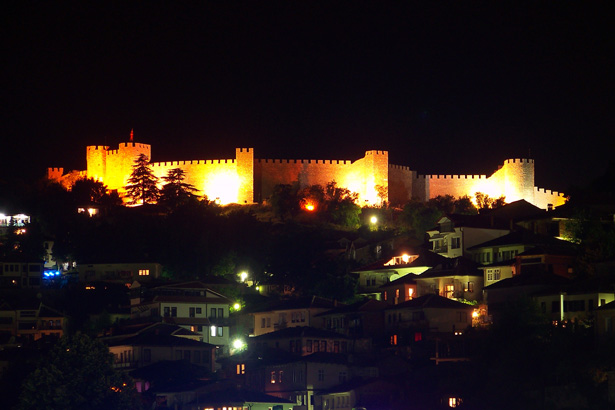 Samoil's fortress
Samoil's fortress
It is said that Ohrid had 365 churches , one for each day of the year. All its basilicas and luxurious mosaics, valuable archaeological sites and an antique theatre confirm that Ohrid (Lychnidos) was a cultural centre of the ancient era. Today, one of the city’s museums has a collection of more than 800 Byzantine and post-Byzantine icons, most of which were painted between 11th and 14th century. Art historians consider this collection as one of the most important in the world.
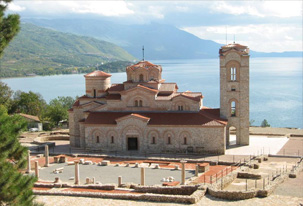

Plaosnik Monastery St. Jovan Kaneo Monastery
For more information please visit www.exploringmacedonia.com.